Being your own boss comes with plenty of perks—flexibility, independence, and the ability to build something truly your own. But it also means you don’t have the built-in safety nets that traditional employees get, like employer-sponsored life insurance.
If you’re self-employed, securing the right life insurance policy is essential to protecting your loved ones and your business. Not sure where to start? Follow this simple 5-step guide to finding the right coverage.
Step 1: Determine Why You Need Life Insurance
Life insurance serves different purposes depending on your financial situation. As a self-employed individual, you may need coverage for:
- Family Protection: Ensuring your loved ones have financial support if something happens to you.
- Business Continuity: Covering business loans, partner buyouts, or keeping operations running.
- Debt Coverage: Paying off personal or business debts so they don’t burden your family.
Understanding your main reason for getting life insurance will help guide your decisions on coverage amount and policy type.
Step 2: Calculate How Much Coverage You Need
A common rule thumb is to get coverage that’s 10–15 times your annual income, but your needs may vary. Consider these factors:
- Personal Expenses: Mortgage, children, or education costs.
- Business Obligations: Loans, payroll, or operating.
- Savings & Investments: If you have significant assets, you may not need as much coverage.
Online life insurance calculators can give you an estimate, but speaking with a professional ensures you’re making the best decision.
Step 3: Choose the Right Type of Policy
There are two main types of life insurance to consider:
- Term Life Insurance: Covers you for a set period (e.g., 10, 20, or 30 years). It’s affordable and ideal for most self-employed professionals who need financial protection for their family or business.
- Permanent Life Insurance: Includes policies like whole or universal life insurance. These offer lifelong coverage and build cash value, which can be used as an asset for business investments or retirement planning.
If budget is a concern, start with term life insurance, as it offers high coverage at lower premiums. You can always explore permanent options as your business grows.
Step 4: Compare Providers and Get Quotes
Not all insurance providers offer the same rates or benefits. Since self-employed individuals don’t have employer-sponsored options, shopping around is crucial. Look for:
- Competitive pricing for your age and health profile.
- Flexible coverage options that fit your needs.
- Strong provider ratings for reliability and claims processing.
Working with an independent insurance broker can help you compare policies and find the best deal.
Step 5: Apply and Keep Your Policy Updated
Once you’ve chosen the right policy, the application process usually includes:
- Health Assessment: Some policies require a medical exam, while others offer simplified underwriting.
- Financial Review: If you’re getting a high coverage amount, insurers may assess your income and debts.
- Policy Approval & Payment: Once approved, keep up with your premium payments to maintain coverage.
As your income, business, and family situation change, review your policy every few years to ensure it still meets your needs.
_
Life insurance is a must-have for self-employed individuals looking to protect their loved ones and their business. By following these five steps, you can secure the right coverage without the guesswork.
In need of expert guidance? Speak with an insurance advisor today to explore your options and get the best policy for your unique situation.












